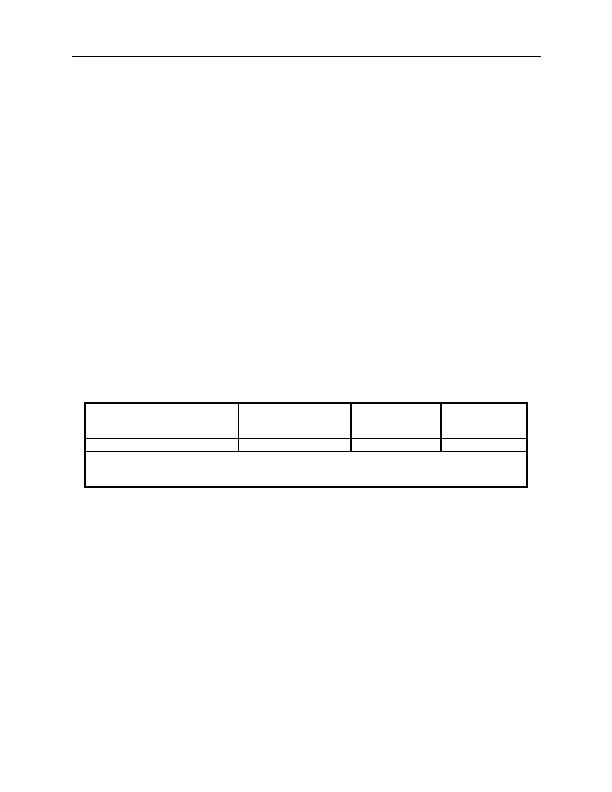
Public Health Assessment Public Comment Release
Exposure to Dioxin-Like PCBs in Surface Soil
The average TEQ for dioxin-like PCBs in surface soils, 0.01 ppm, corresponded to estimated
child and adult exposure doses of 1.610-8 and 1.010-8 mg/kg/day, respectively. The minimal
risk level for 2,3,7,8-TCDD is based on a monkey study that showed altered social behavior at a
lowest observed effect level of 1.210-7 mg/kg/day. The estimated doses are an order of
occasional trespassing or worker exposure to PCB congeners in soil.
The theoretical excess cancer risk associated with exposure to dioxin-like PCBs in soil for a 25-
year duration is about 5.5 in 10,000. ATSDR considers this a low-to-moderate increased risk for
cancer. The overall cancer risk from multiple exposure pathways will be addressed later.
Sediment Pathway
People who trespass on impacted creek beds downstream from the site might unintentionally
ingest some of the sediments from the creek or get the sediments on their skin. Sediment CVs
were not available, so sediment CVs were set at 10 times the corresponding soil CV because
sediment was assumed to be contacted one tenth as much as soil particles, so the concentration
of contaminant could be 10 times as high for the same dose. As shown in Table 5, Aroclor 1260
was detected above the corresponding sediment CV.
CV Source
Contaminant
Maximum
Comparison
(defined in
concentration in
Value (CV) for
sediment, ppm*
Appendix A)
sediment, ppm
Soil CREG 10
Aroclor 1260
62
4
*
Sediment CV calculated as 10 times the soil CV because sediment ingestion was assumed to be one tenth
of the average soil ingestion.
Source: [4]
ATSDR calculated an exposure dose for trespassers who contact Aroclor 1260 in sediment
4 times a week throughout the year for 25 years. The excess risk for cancer associated with such
contact is not significantly elevated. However, the risk from exposure to Aroclor 1260
contributes to the cancer risk from multiple exposure pathways, which will be discussed later.
Surface Water Pathway
No use of surface water downstream of the site for drinking water was identified, but people who
wade or swim in this water will get surface water on their skin and could ingest some of it.
Incidental ingestion of the surface water was assumed to be no more than one tenth the normal
drinking water ingestion. Therefore, surface water CVs were calculated as 10 times the drinking
corresponding surface water CV.
13


 Previous Page
Previous Page
